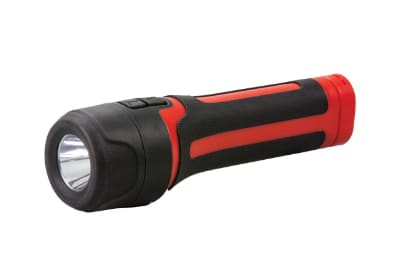Many assume that a natural disaster will never strike. Yet fires, floods, tornados, and hurricanes ravage thousands of businesses and homes every year. Everyone should have an emergency plan. The best way to avoid panic in an emergency is to have a plan where everyone knows their part. Here are a few things to include on your emergency checklist.
Educate
You might be more prone to certain disasters than others, depending on your location. You’ll need to take different steps for a wildfire than a tornado or a flood. To stay prepared, learn which disasters are most common in your area. Everyone in your business or home should understand the dangers of each, how they might hear about them, and how to react if they strike unexpectedly.
Plan for Shelter or Escape
In some severe cases, you may need to take shelter at or escape from your location. You should know where safe shelter locations are and document at least two exits at your location to leave quickly — including exits from an upper floor. You should also have an immediate meeting point outside. Map local evacuation routes and emergency shelter locations near your home, workplace (if you work at a physical office), and your children’s schools if possible.
Prepare an Emergency Kit
Emergency kits should contain all the emergency essentials you and your family need to survive for around 36 hours.
- Water: Stock up on water bottles and account for 1 gallon of water per person per day (store in sealed, unbreakable containers and replace every six months).
- Emergency food supply: Store nonperishable foods. If using cans, include a nonelectric can opener. Make sure you also store pet food if necessary.
- Lights and radio: Include a lantern, radio, and flashlight for each adult family member. Make sure these are battery-powered and ideally include a hand-crank. Keep a supply of spare batteries.
- Medical kit: Keep a well-stocked first-aid kit, including any prescription medications.
- Clothes: Prepare a change of clothes for each family member. Include rain gear, waterproof shoes or boots, and sleeping bags.
- Money: Keep a moderate supply of cash and spare credit cards.
- Transport: Keep an extra set of car keys and always have at least half a tank of gas in your vehicle (preferably a full one).
- Tools: Keep a basic tool set, including a sharp knife, wrench, duct tape, and pliers.
- Miscellaneous disaster preparedness supplies:
- A whistle to signal for help
- Spare glasses and/or contact lens solution
- Books, puzzles, and games for children
- Pens and pencils
- Water-disinfecting tablets
- Feminine hygiene supplies
- Fire extinguisher
- A lighter and/or matches in a waterproof container
- Mess kits (cutlery, plates, and paper napkins)
- Mobile phone portable charger or power pack
- Documents: Have a cache of important documents handy. Keeping encrypted versions in the cloud and on a flash drive is a good idea, but make sure you have hard copies stored in a binder. These should include:
- Local maps
- Emergency contacts
- Medical information, including prescriptions and where to get more of them
- Banking, insurance, and other financial information (check FEMA’s emergency financial first-aid kit list for more details)
- Identify information
))
))





